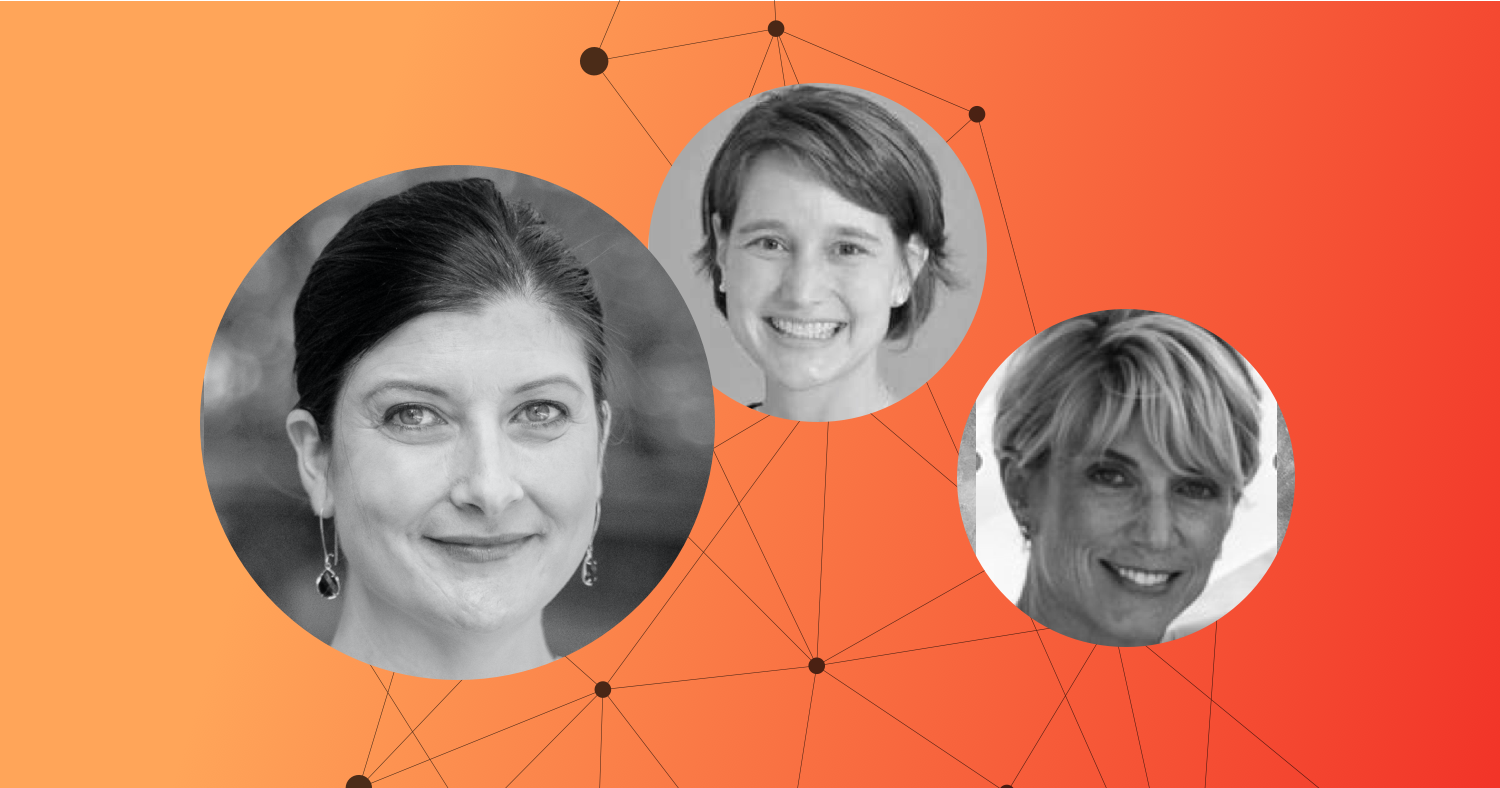The webinar we held two weeks ago (back before the election consumed our collective attention…) had the highest turnout yet of any Curriculum Matters event. It’s a testament to the level of interest in a topic – the Science of Reading – whose flames were fanned by brilliant reporting, but whose embers were smoldering in districts across the country well before then.
Each of us work in districts for whom the journey to implement the Science of Reading has been underway for at least two years – for a couple of us, it has been over five years. The first thing we can say about putting this science into practice is, “it takes time.”
When we talk about the Science of Reading, we’re primarily referring to three things:
· The importance of daily, systematic phonics instruction
· The need to expose all students to grade level texts
· The role that background knowledge of the world, and the vocabulary used to describe it, plays in reading comprehension
Each of these pillars has such overwhelming academic research behind it that the statements really articulate settled science; nothing controversial or even revolutionary about it. And yet, the vast majority of teacher candidates are not exposed to this information in their preparation programs – and that’s a travesty. Our nation is paying the price in stagnant reading proficiency levels with only about 38% of fourth graders on grade level year after year after year (after year).
As we shared on the webinar, 40% is about the percentage of students that easily learn to read, according to research. The coincidence in these numbers is striking. If 38% is our national proficiency rate and it’s also (roughly) the percent of students who learn to read without much effort, we really have to ask ourselves, “What’s the impact of our effort?!”
In each of our districts, our journey to put the science of reading into practice began with examining our data (and confirming that our numbers pretty much tracked the nation; we were stuck around 35-40%.) It took real humility on the part of our educators to acknowledge that if we were only reaching the students who were going to learn to read despite our efforts, we had a lot to learn about how to reach the remaining 60%.
Between our three districts, we worked with over 10 different professional learning partners to support our growing knowledge about the science of reading. UnboundEd helped Charlotte-Mecklenburg (NC) teachers understand how a lack of background knowledge impacted the reading performance of students living in poverty. Teachers in all three of our districts received invaluable LETRS Training from Voyager Sopris Learning, perhaps the most highly-regarded training in reading fundamentals (including phonological awareness, phonics, and fluency) available. TNTP supported principals in both Putnam and Guilford (NC) Counties as they created school structures to support strong curriculum-based instruction and conducted classroom walkthroughs designed to help teachers hone their practice. Curriculum developers helped us to see how the science of reading was baked into the materials we were using.
Solid as the professional development we received was, a shift to focusing on the science of reading represented a big change for most of our teachers. Like us, what they had been taught in their pre-service was whole language or balanced literacy. When we feel unmoored – and that’s how many of our teachers initially felt, no exaggeration – we tend to cling to what we know. For many of us, that’s guided reading. Unlearning old habits doesn’t happen overnight. “Go slow to go fast” became one of our mottos.
The shift from lesson planning, which is necessary when you don’t have a core curriculum, to lesson preparation, also represented a big change. The high-quality ELA curricula used in each of our districts (CKLA, EL Education, and ARC Core) require study, a level of intellectual preparation that our former basals didn’t. Without a doubt, the quality of the instruction is higher, but that didn’t happen automatically just because we selected a high-quality curriculum.
Each of us is fortunate to work in a district where a significant commitment has been made to sustained, curriculum-based professional learning. Beyond learning about the research behind the science of reading, that means time devoted to professional collaboration, lots of coaching, deep engagement by leadership, and unit and lesson studies together with people really knowledgeable about the curriculum.
The lessons we learned from our journey to implement the science of reading may sound cliché, but they are so true. Trust the process.

